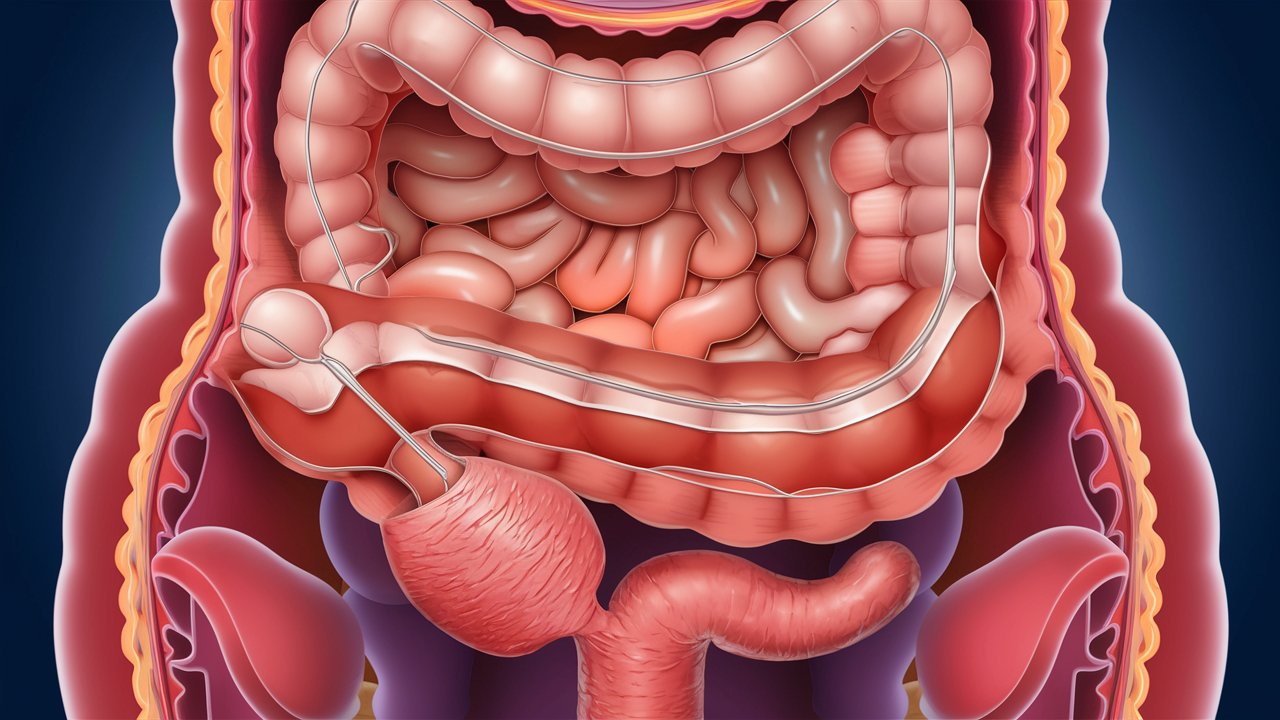
Anorectal atresia is a rare congenital condition where the rectum and anus don't develop properly. This can cause significant challenges for newborns and their families. Symptoms often include the absence of a normal anal opening, abdominal swelling, and difficulty passing stool. Diagnosis typically occurs shortly after birth through physical examination and imaging tests. Treatment usually involves surgery to create a functional anus and rectum, followed by ongoing medical care to manage any complications. Understanding this condition is crucial for parents and caregivers to provide the best possible support for affected children. Let's delve into 20 essential facts about anorectal atresia.
What is Anorectal Atresia?
Anorectal atresia is a congenital condition where the anus and rectum do not develop properly. This condition affects newborns and requires medical intervention. Here are some key facts about anorectal atresia to help you understand it better.
- Anorectal atresia occurs in approximately 1 in 5,000 live births.
- The condition can be detected through prenatal ultrasound, though not always.
- It is often associated with other congenital anomalies, such as heart defects or spinal abnormalities.
- Anorectal atresia can range from mild to severe, depending on the extent of the malformation.
- The exact cause of anorectal atresia remains unknown, though genetic and environmental factors may play a role.
Symptoms and Diagnosis
Recognizing the symptoms early is crucial for timely treatment. Here are some common symptoms and diagnostic methods for anorectal atresia.
- Symptoms include the absence of an anal opening, abdominal swelling, and failure to pass stool within the first 24-48 hours of life.
- A physical examination by a pediatrician can often identify the condition shortly after birth.
- Imaging studies, such as X-rays or MRI, help determine the severity and exact location of the malformation.
- Sometimes, anorectal atresia is part of a syndrome called VACTERL, which includes vertebral defects, anal atresia, cardiac defects, tracheoesophageal fistula, renal anomalies, and limb abnormalities.
- Genetic testing may be recommended if there is a family history of congenital anomalies.
Treatment Options
Treatment for anorectal atresia typically involves surgery. Here are some facts about the treatment process.
- The primary treatment is surgical correction, which aims to create a functional anus and rectum.
- In some cases, a temporary colostomy is performed to divert stool until the baby is ready for definitive surgery.
- The timing of surgery depends on the baby's overall health and the severity of the condition.
- Postoperative care includes monitoring for complications, such as infection or bowel obstruction.
- Long-term follow-up is essential to ensure proper bowel function and address any ongoing issues.
Long-term Outlook
Living with anorectal atresia can present challenges, but many individuals lead healthy lives. Here are some facts about the long-term outlook.
- Most children with anorectal atresia achieve good bowel control with proper treatment and follow-up.
- Some may experience issues such as constipation or incontinence, which can often be managed with dietary changes and medications.
- Regular follow-up with a pediatric surgeon and gastroenterologist is important for monitoring growth and development.
- Psychological support may be beneficial for children and families coping with the condition.
- Advances in surgical techniques and postoperative care have significantly improved the quality of life for individuals with anorectal atresia.
Final Thoughts on Anorectal Atresia
Anorectal atresia, a rare congenital condition, affects the development of the anus and rectum. Understanding its causes, symptoms, and treatments is crucial for managing this condition. Early diagnosis often involves prenatal imaging or newborn physical exams. Symptoms include the absence of an anal opening, abnormal stool passage, and abdominal swelling. Treatment usually requires surgery to create a functional anus and rectum, followed by ongoing care to manage complications.
Parents and caregivers play a vital role in supporting children with anorectal atresia. Awareness and education about this condition can lead to better outcomes and improved quality of life. Medical advancements continue to enhance treatment options, offering hope for affected families. Stay informed, seek support, and consult healthcare professionals for the best care strategies. Knowledge empowers us to navigate the challenges of anorectal atresia with confidence and compassion.
Was this page helpful?
Our commitment to delivering trustworthy and engaging content is at the heart of what we do. Each fact on our site is contributed by real users like you, bringing a wealth of diverse insights and information. To ensure the highest standards of accuracy and reliability, our dedicated editors meticulously review each submission. This process guarantees that the facts we share are not only fascinating but also credible. Trust in our commitment to quality and authenticity as you explore and learn with us.


